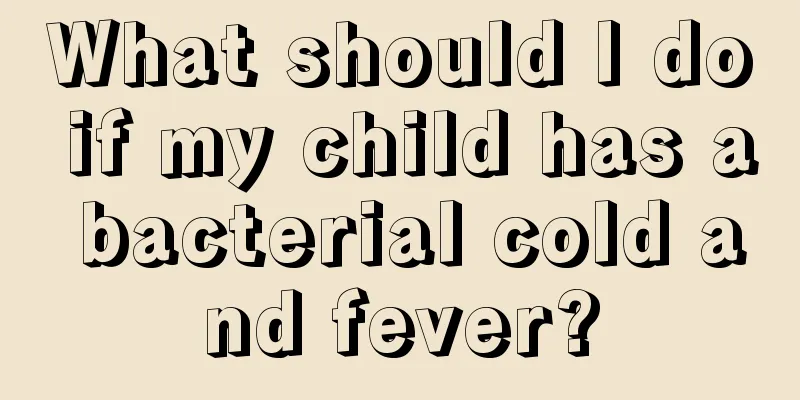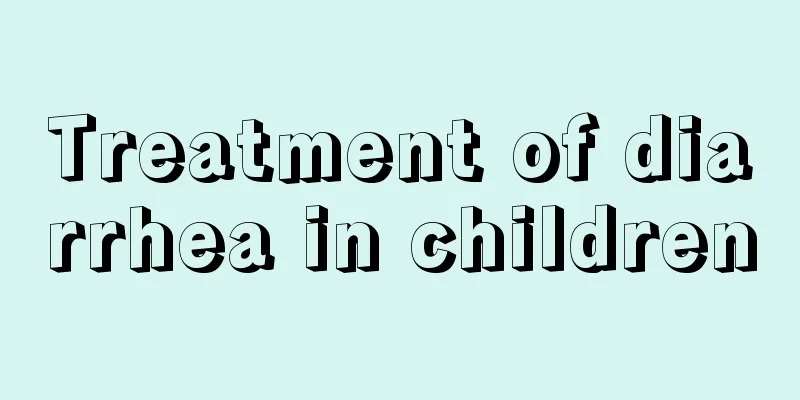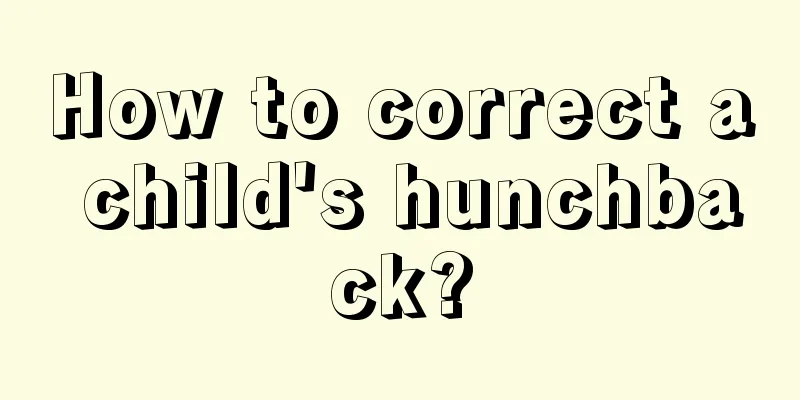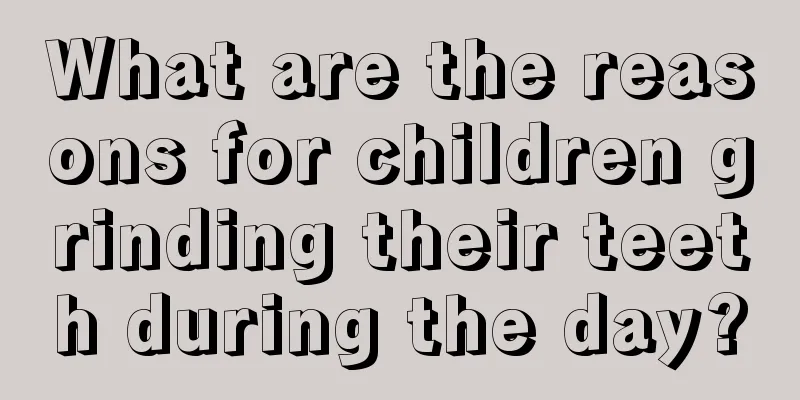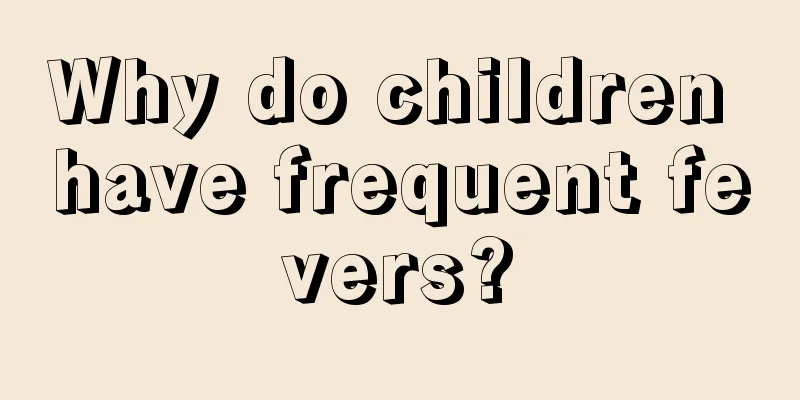What is the order in which children's teeth change?
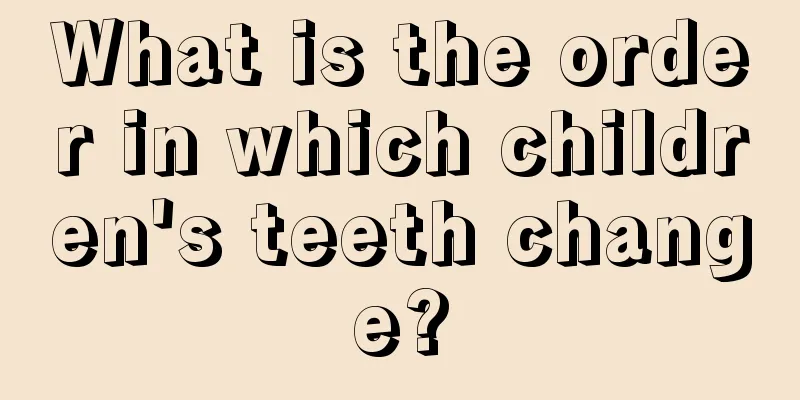
|
As we all know, children's tooth replacement is a big deal. If parents do not pay enough attention to the matter of children's tooth replacement, it may easily lead to accidents. We know that the teeth after children's tooth replacement are permanent teeth. Problems with permanent teeth can affect their lives. Therefore, we recommend that parents learn some knowledge about children's tooth replacement. Below we will introduce what the order of children's tooth replacement should be. Human teeth have two stages: deciduous teeth and permanent teeth. The period of deciduous teeth lasts throughout the infancy and childhood stages, while the permanent teeth that replace the deciduous teeth can accompany a person almost throughout his or her life. There are 20 deciduous teeth, which usually start to erupt around 6 months old and are fully grown at 2-3 years old. There are 28-32 permanent teeth (the number of wisdom teeth is 0-4), which usually start to grow around 6 years old and 28 are fully grown at 12-13 years old (wisdom teeth vary from person to person). Therefore, the tooth replacement period is usually between 6 and 12 years old. There are certain rules for tooth replacement, which can be simply described as "a certain time, a certain order, left-right symmetry, lower first then upper". Left-right symmetry and lower first then upper refers to teeth with the same name. The physiological shedding of the first deciduous tooth usually occurs around the age of 6, but it can also occur as early as 4 years old, or as late as 7-8 years old, so there is no need to worry. Naturally fallen deciduous teeth have no roots and the fallen surface appears eroded. Parents should pay attention to observe and not confuse them with broken roots of deciduous teeth. There are two different opinions about which permanent tooth the baby will grow first. One is that the first permanent molar that usually grows around the age of 6 grows close to the last deciduous molar, called the sixth-year molar, which erupts slightly earlier than or at the same time as the lower central incisor. Another theory is that the baby's first two middle front teeth to be replaced are in the lower row. Dentists say that this may be different for each baby. Then, the baby will grow upper central incisors and lower lateral incisors when they are 7-8 years old, upper lateral incisors when they are 8-9 years old, first and second canines when they are 9-12 years old, and permanent canines when they are 10-12 years old. The order of children's tooth replacement is that the first permanent molar, also called the sixth-year molar, grows out just behind the last deciduous molar at around 6 years old, slightly earlier than or at the same time as the lower central incisor. At around 6 years old, the deciduous lower central incisor falls out and the permanent lower central incisor grows out. At 7-8 years old, the deciduous upper central incisor falls out and the permanent upper central incisor grows out. The deciduous lower lateral incisors fall out and the permanent lower lateral incisors grow out. At 8-9 years old, the deciduous upper lateral incisors fall out and the permanent upper lateral incisors grow out. |
<<: What is the timing of teeth replacement for children?
>>: Normal time for children to start changing teeth
Recommend
What are the dietary arrangements for nine-month-old babies?
When taking care of a nine-month-old baby, you mu...
What to do if your child has a fever for no reason
What parents hope most is that their babies grow ...
The child is sleepy and has no energy and refuses to eat
Children generally sleep longer than adults. Howe...
What medicine should children take for bedwetting at night
Bedwetting is a normal thing for many people, but...
What is the cause of red spots on children's palms?
Children often have a very high status in the fam...
Yellow baby's soles
Many parents will judge the baby's health by ...
Sinusitis medication for children
Children's bodies are very weak and because o...
Diet therapy for neonatal genetic metabolic diseases
In fact, many babies nowadays have very poor phys...
What is physiological jaundice in children?
Nowadays, many children will have symptoms of phy...
What should I do if my child has bedwetting due to kidney deficiency? Eat more of these foods
Kidney deficiency and bedwetting seem to have not...
How to regulate children’s poor sleep?
Sleep is very important to us, not only to have a...
What are the dangers of having a child who is too fat?
If a child is too fat, it is not good for his hea...
What documents are needed to register a child?
In addition to bringing joy to the family, the bi...
Eight month old baby food schedule
Nowadays, many parents start feeding their childr...
How tall is a 10-year-old child?
The height of a 10-year-old child is a standard o...



